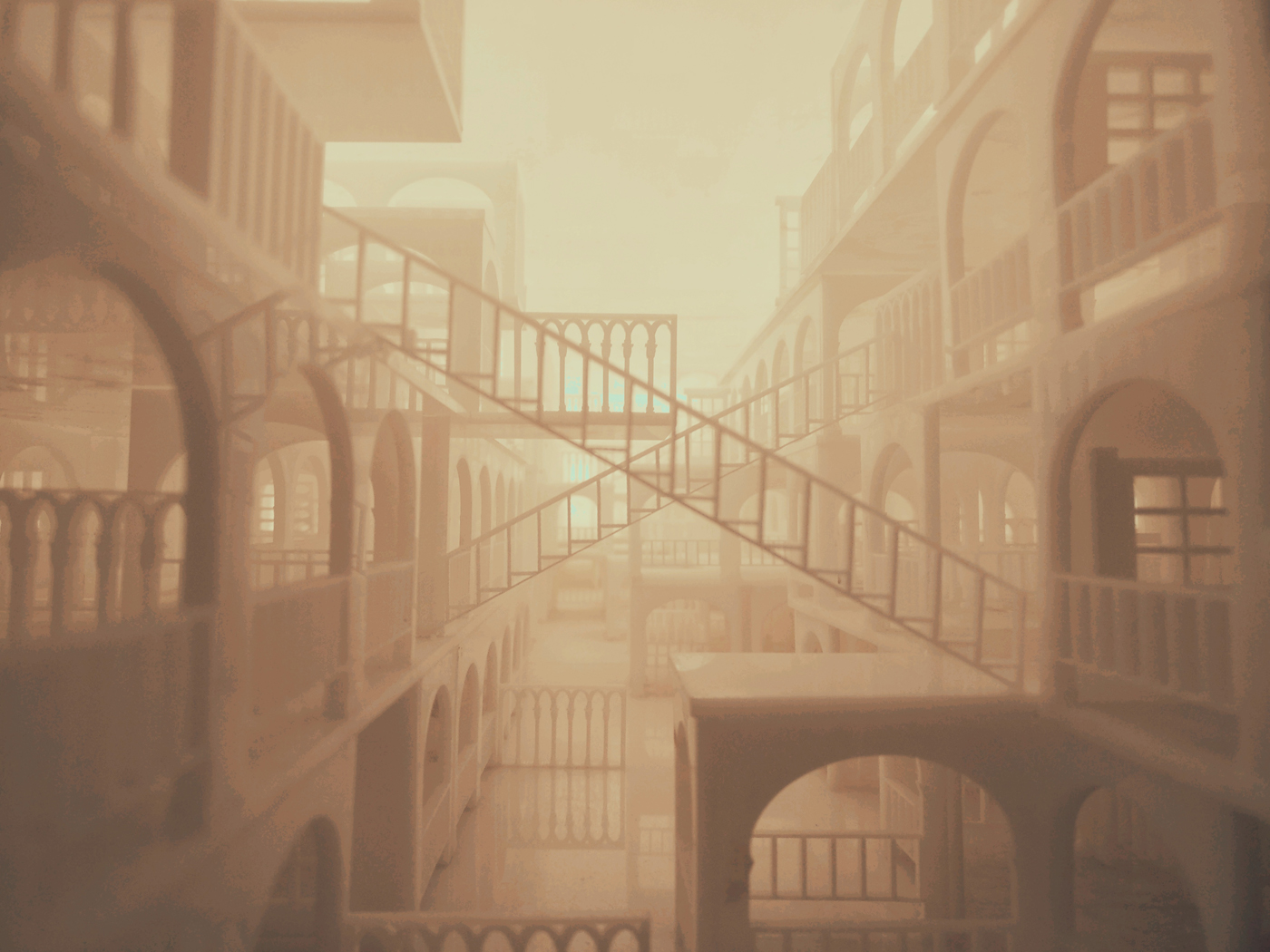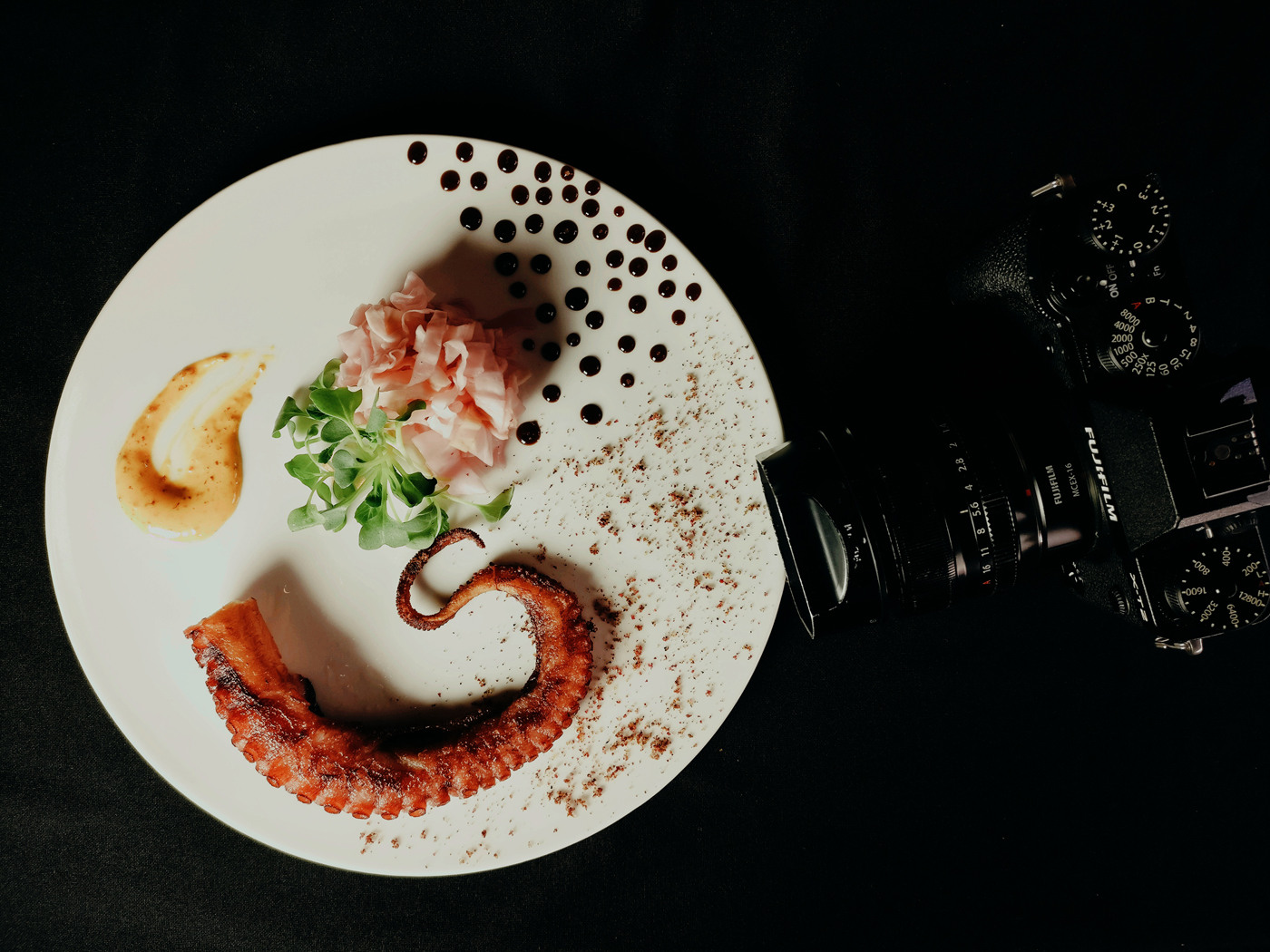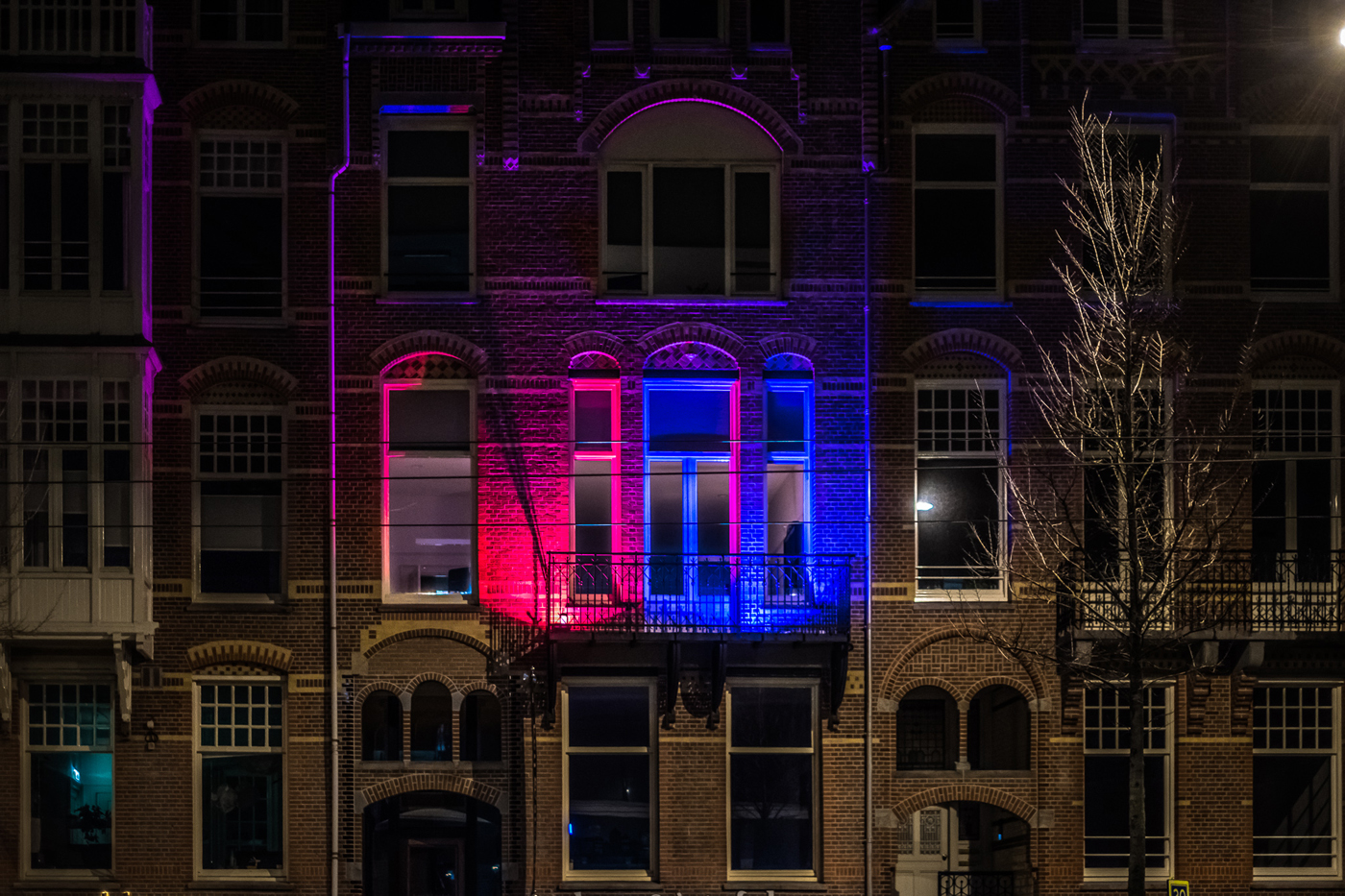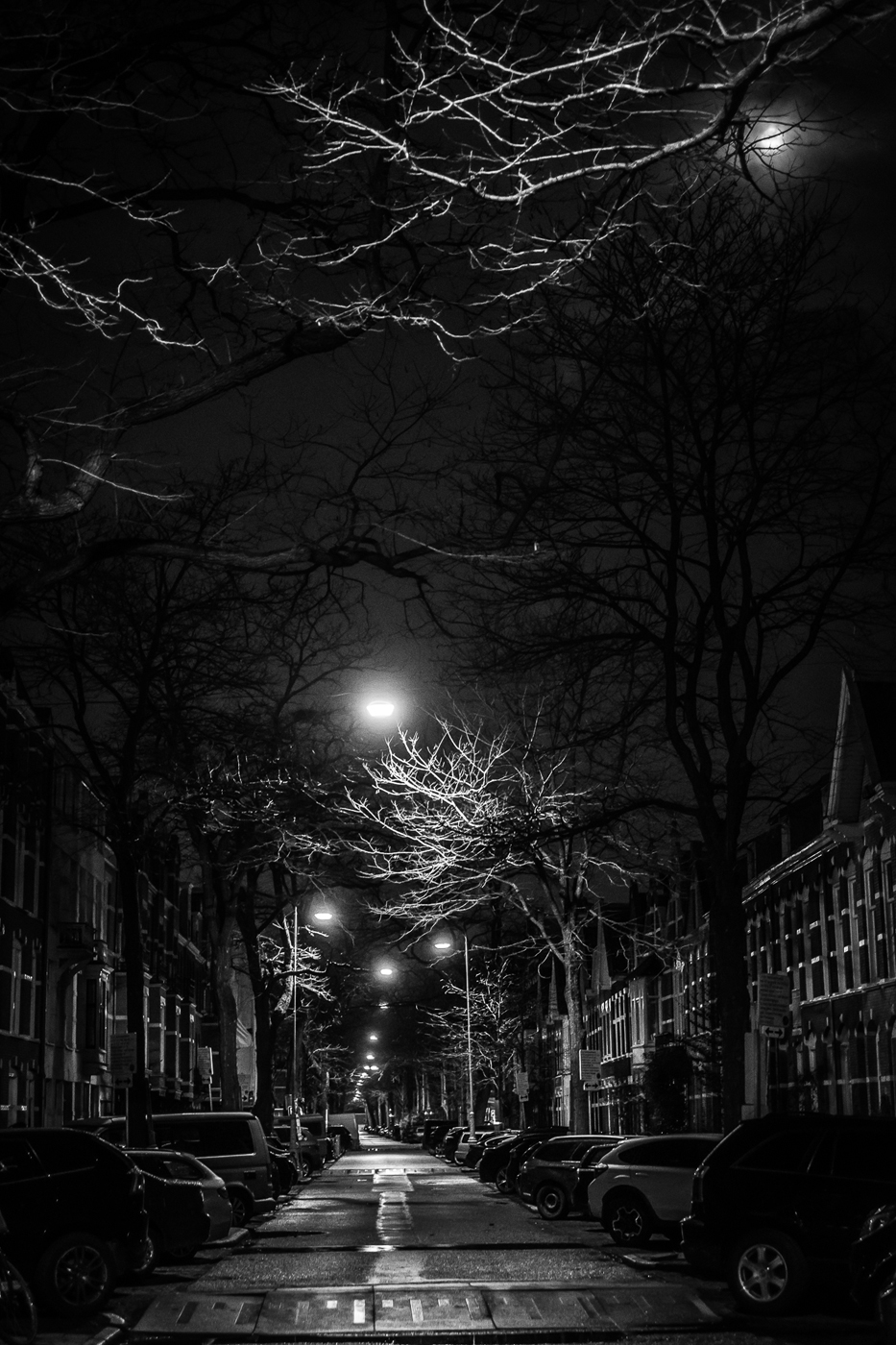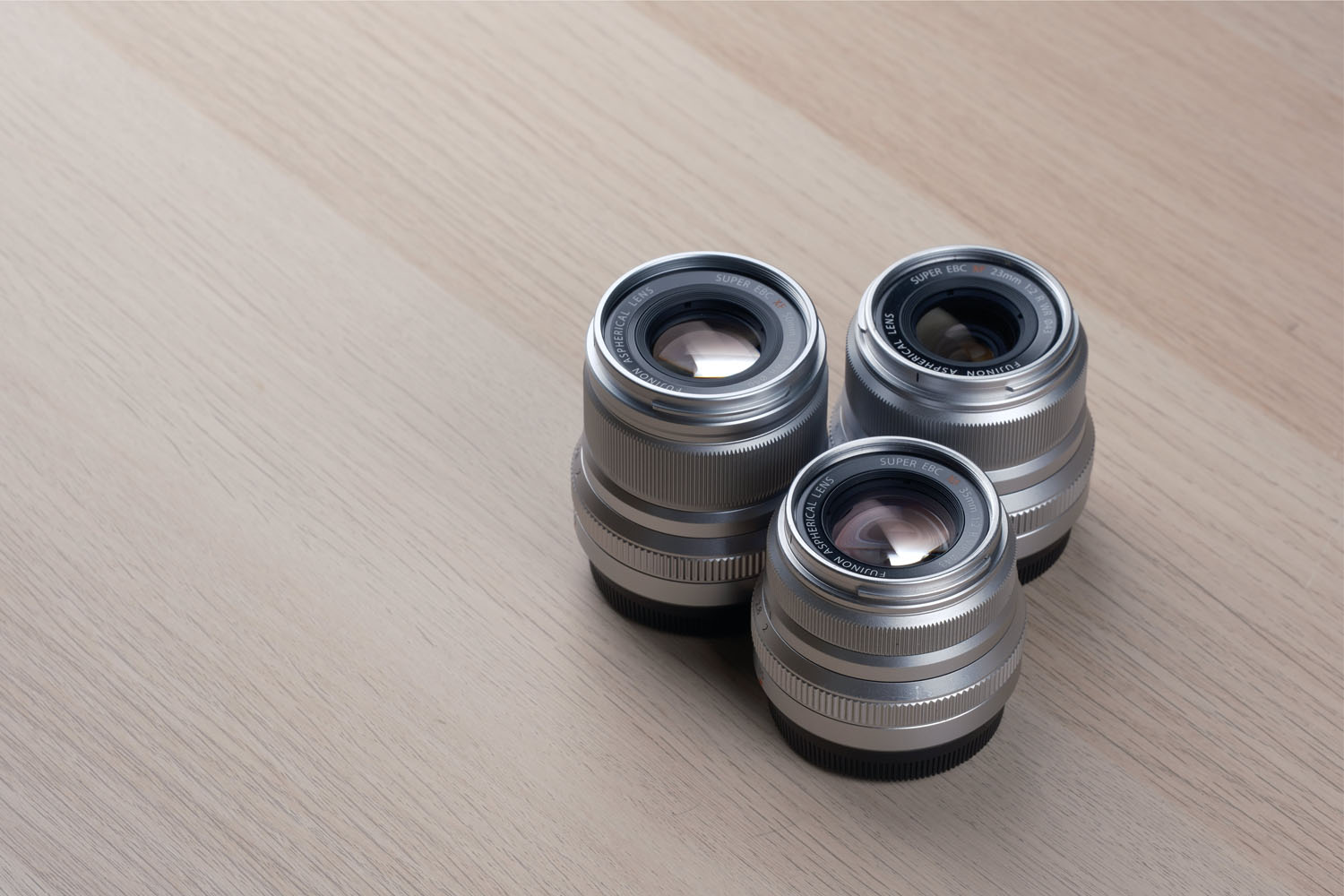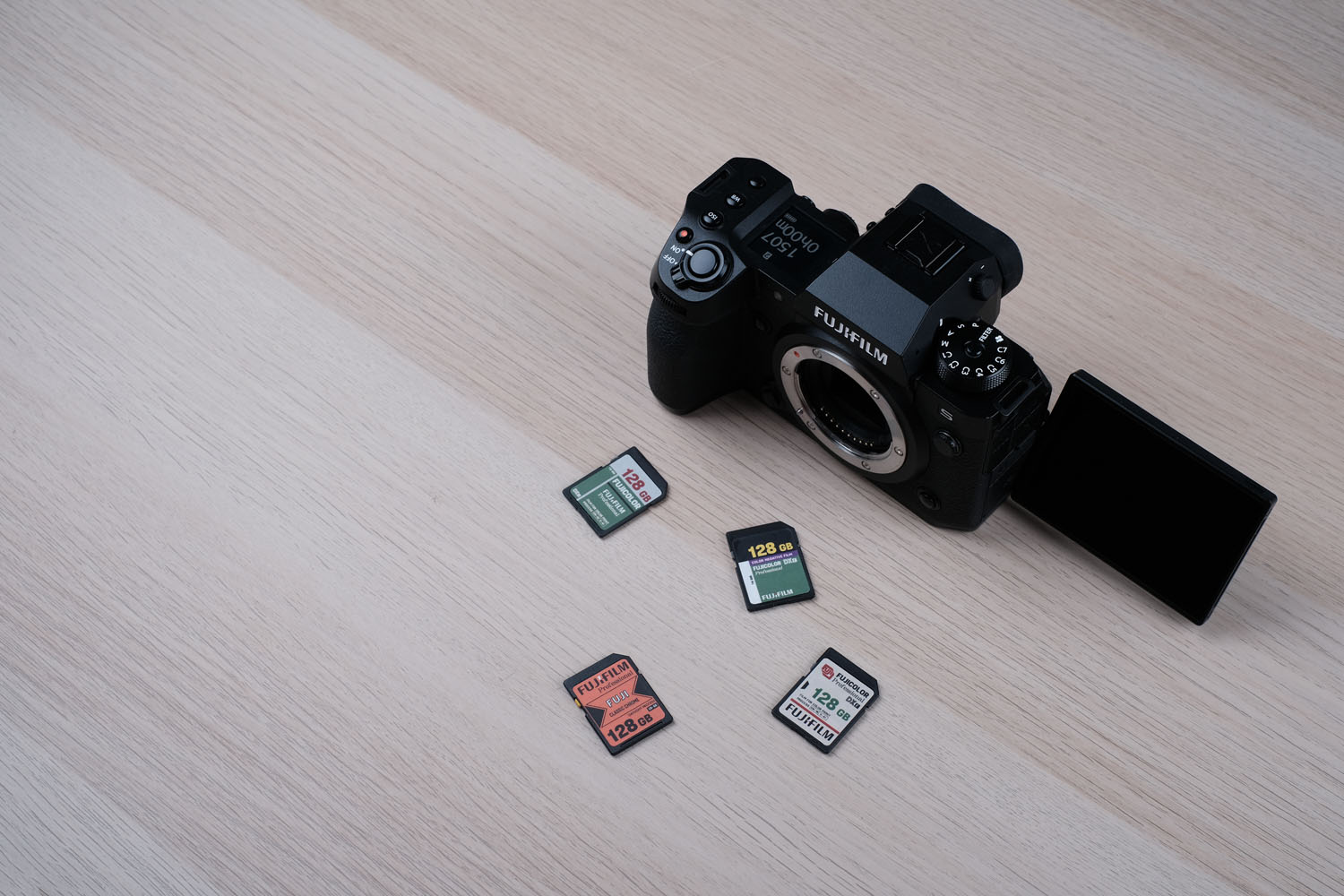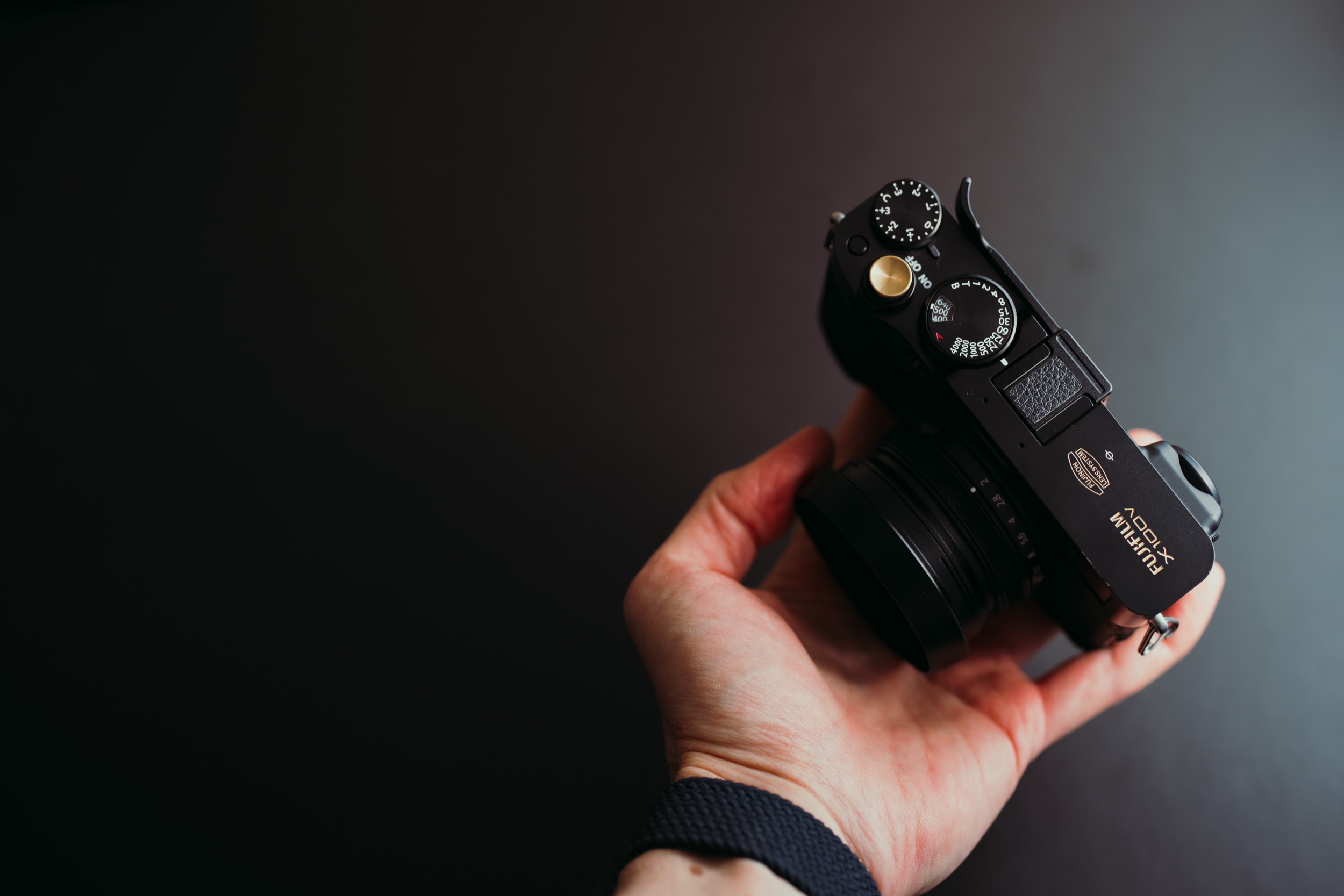The Ultimate Camera Accessory – Is Always In Your Pocket
On a recent trip to Mexico, I was hired to shoot video and photos. As a one man team it was a challenging project to shoot both with the veracity and depth that I would have liked. I decided to shoot photos with my X-T2 as I usually do… and for video I trusted my OnePlus 3T phone (in 4K), as an addition I bought a gimbal for smoother and more professional looking footage.
The equipment worked out fine but I found myself lacking 2 extra hands and another set of eyes to capture all that I wanted. Often I shot some video, then switched over to my camera for a still shot and back and forth I went. Although this helped me capture both assignments, from a personal standpoint it hindered my ability to provide the continuity and flow I like when I shoot photos. Building that story was harder that usual but it’s’ what the client required. So now that the project if finished, the video and photos edited and the client satisfied, I thought I would write about the experience and the advantages and disadvantages of this process, and the closeness and comfort I found in shooting more with my phone for before this I too was one of those pretentious camera-snob photographers who shunned the phone as a professionals tool for photography.
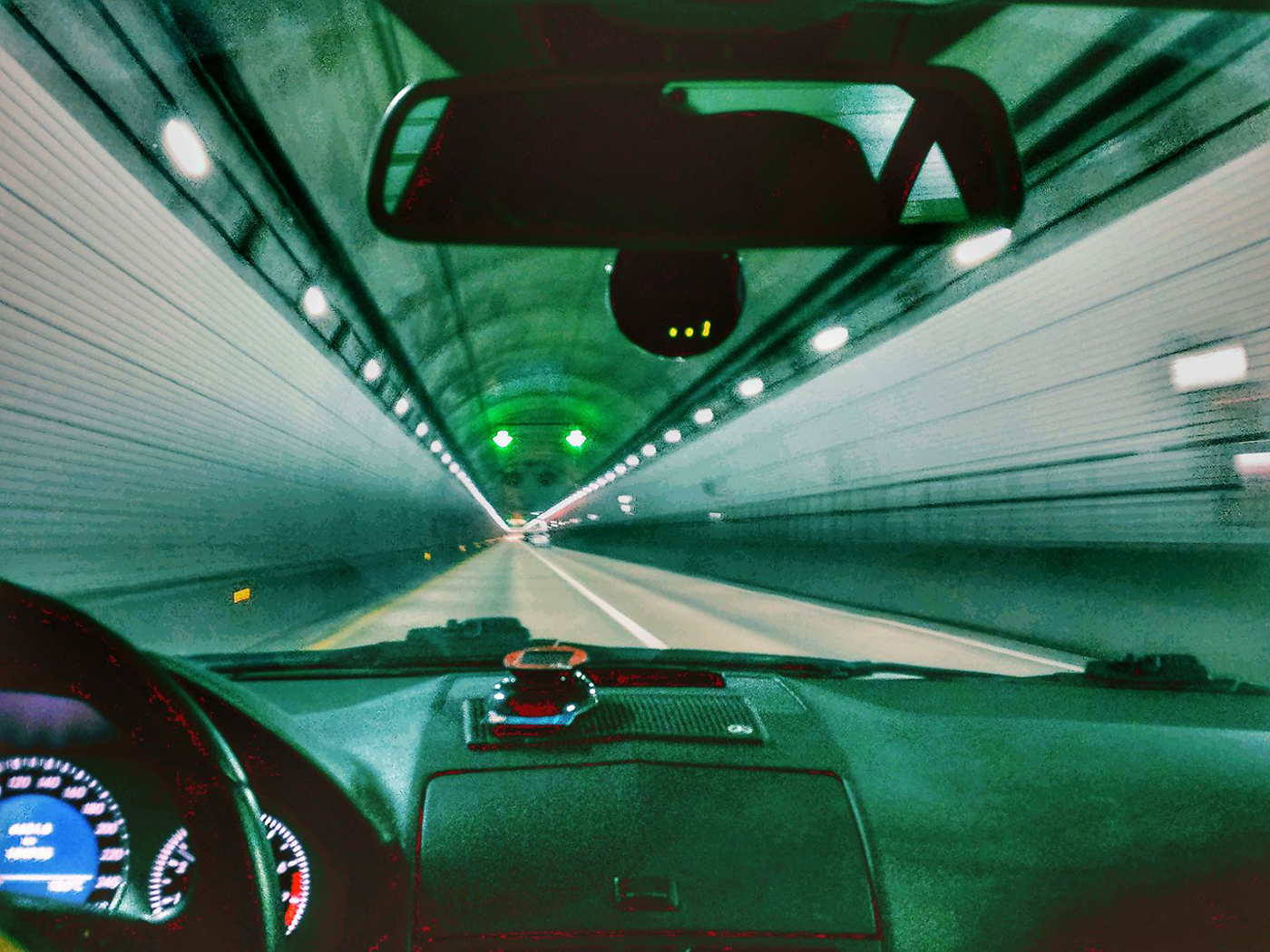
First, let’s briefly appreciate the evolution of smartphone’s image quality. As with iPhones and Samsung phones, most carefully researched phones now have amazing resolution (4k video), the ability to shoot in manual settings and in raw format. This makes the mobile phone a very useful tool in the photographers repertoire.
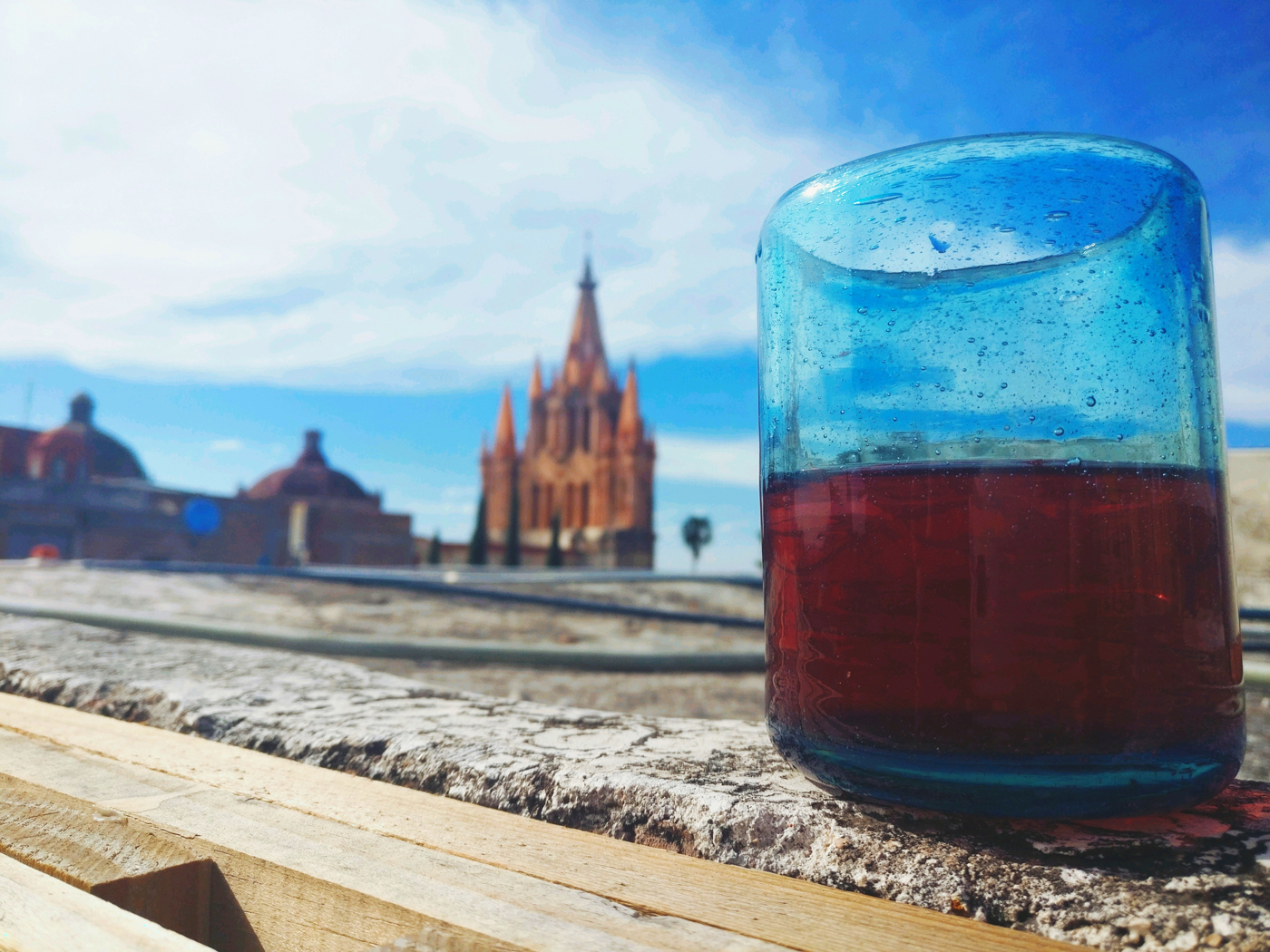
Advantages include mobility, discreteness when needed, instant sharing options via wifi or bluetooth, access to some extremely convenient and user friendly photo and video editing apps like snapseed, vsco, adobe clip etc. for fast and easy upload to social media and often instant backup of footage if your phone is synced up to the cloud.
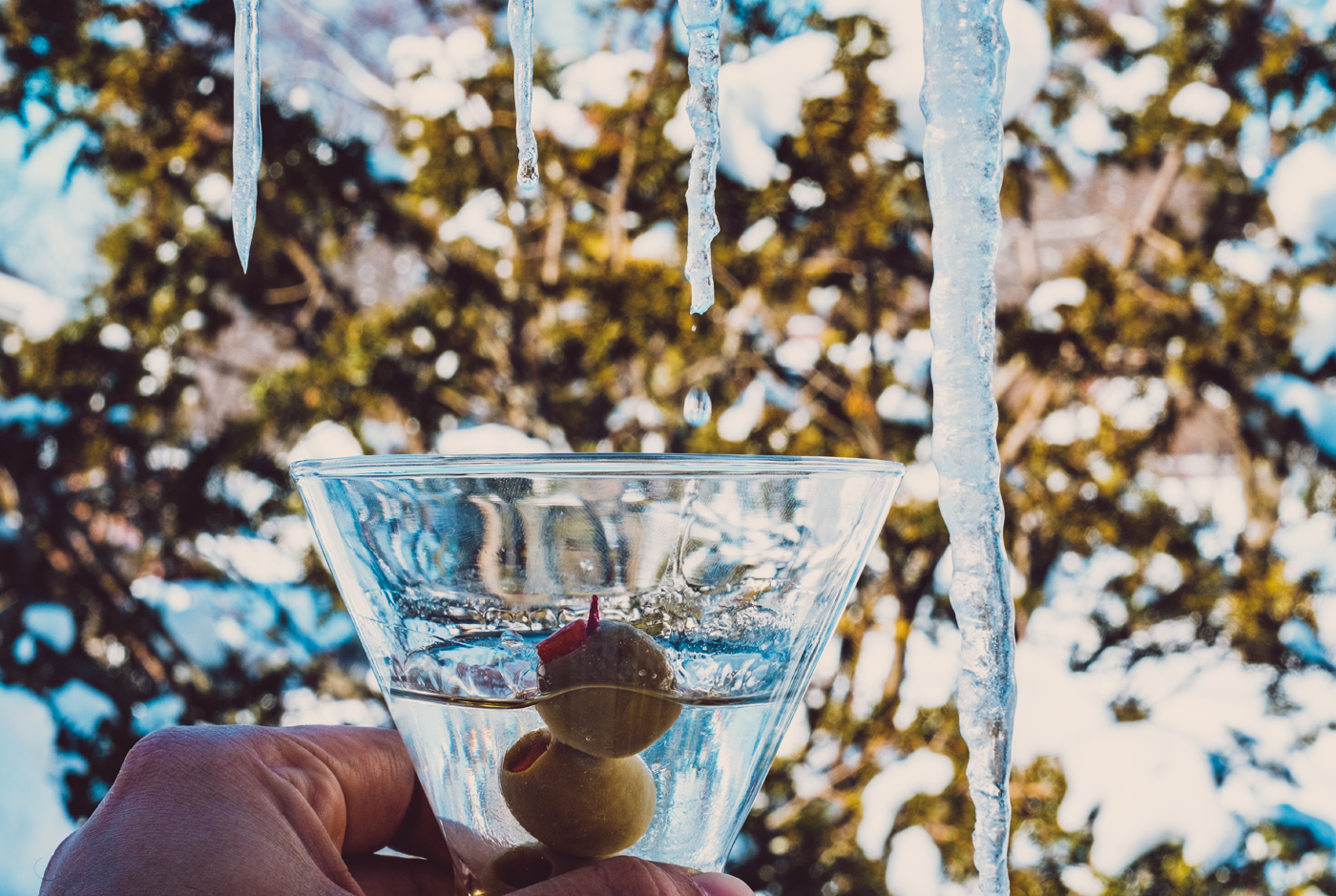
For a client who needed a quick promo video for an event recently, I shot video on my phone attached to a gimbal, edited the footage on my phone using videoshop and adobe clip, and delivered within hours to be posted on the event page. Instant gratification and client satisfaction. The only disadvantages I can see are the slower controls compared my the X-T2’s external dials – I never miss a shot. And secondly, as a professional photographer the lowered barrier to entry in terms of cost of equipment BUT if that’s all that was separating me from the amateur enthusiasts and not vision, talent, professionalism and editing skills, then I wasn’t going to last long anyway right?

Second point of discussion is when to use a camera or just use a phone. Well, I always have my phone on me anyway, so it is a perfect accessory for my camera. Sometimes I use it to shoot quick behind the scene photos while I do professional shoots. Once my setup is complete with tripod, lights, the subject, sometimes I take a step back and soak it all up and shoot a quick BTS shot and post while I work.
I would say I use my camera for times when I am purposefully out there to take photos and intend to edit them to the best of my abilities; shooting exclusively in raw means I will always have to edit the output, but when time does not permit all the transfering times involved or if it’s only for a personal social media post, I certainly find it more efficient to use my phone.
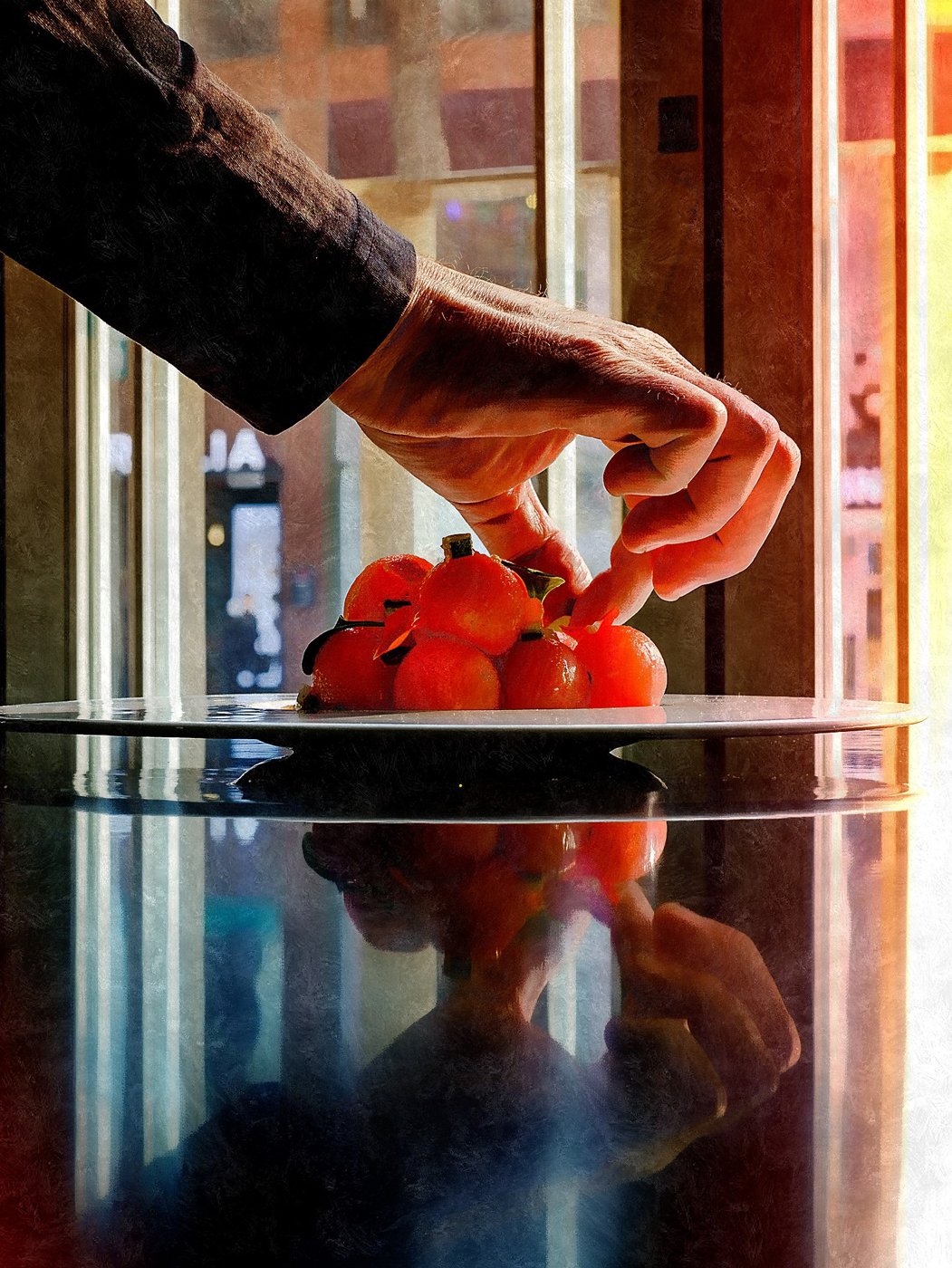
Having said that I recently printed some captures from my phone and was pleasantly delighted. So much so that I am inspired to do an exhibition soon of just phone photos from this years. So I’d say, have your camera around as much as you can, but in those moments when you can’t or don’t have it, never hesitate to use the phone and capture the moment either way.
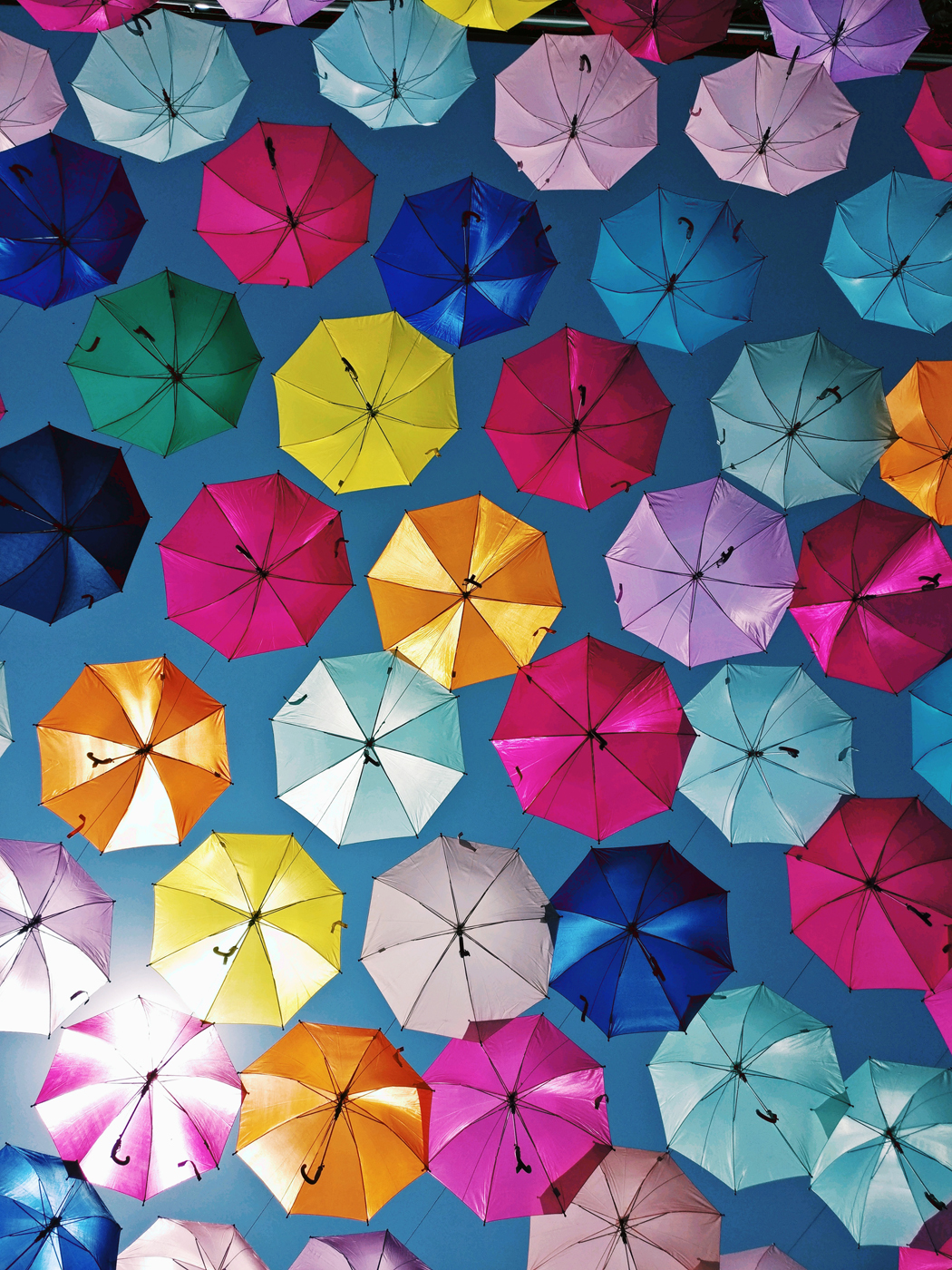
Let me be clear, I don’t expect or intend to replace my Fuji for a camera phone ever. For one I love the feel of the camera in my hand, and as previously stated, the fast control via the external dials is a major plus when shooting action or under adverse conditions (which is all too often), but I am so happy to have a technologically advanced photo capturing tool in my other hand as well.

Recently I was hanging out by the pool and captured some of these at the spur of the moment. Having a camera would have been tedious and less spontaneous and surely the editing and framing might have been affected. The beauty of these shots for me was in part due to the spontaneous nature of the process. If this was premeditated, the outcome would have been different, not worse or better but just different and THIS would have been a missed opportunity.
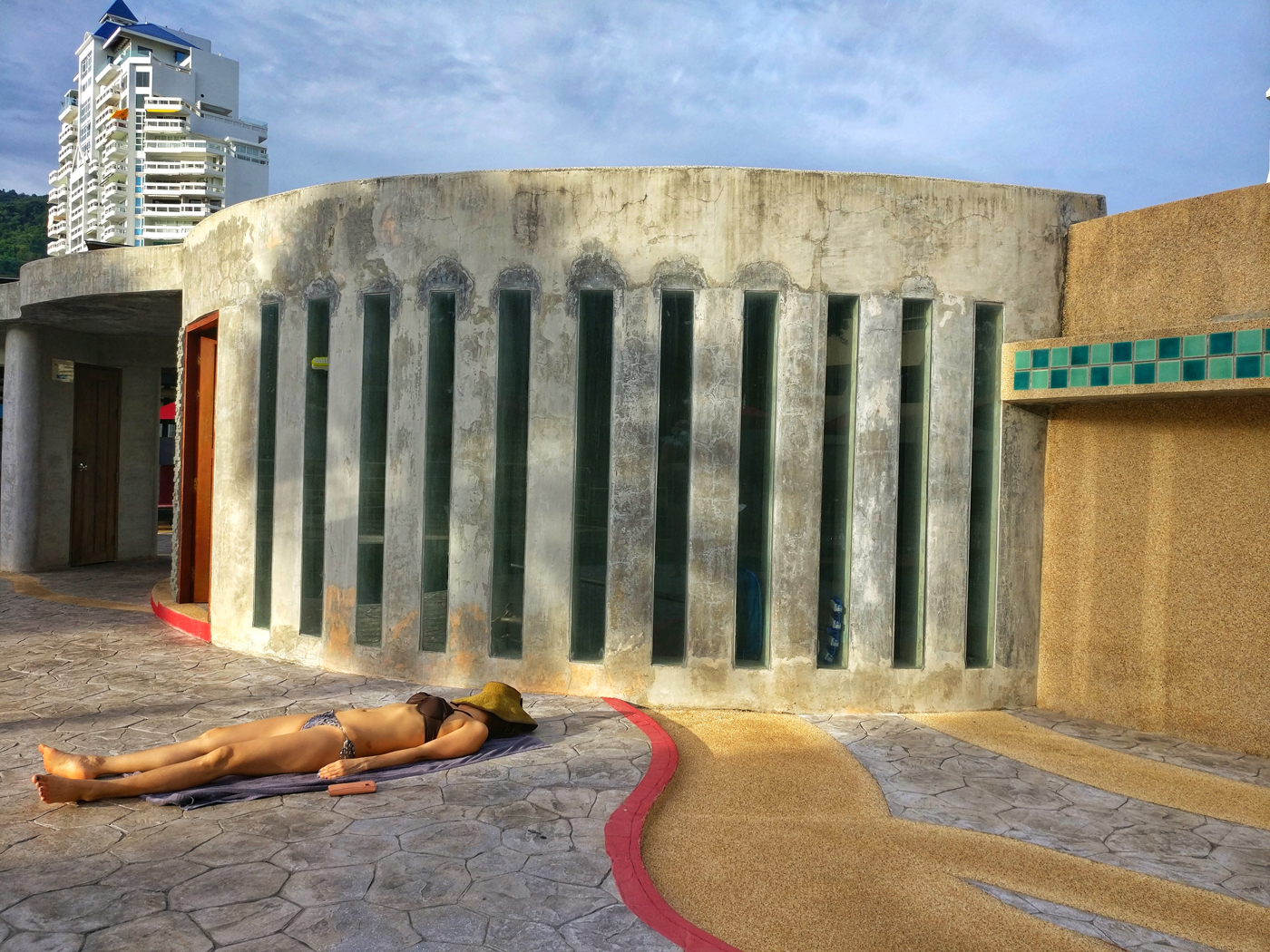
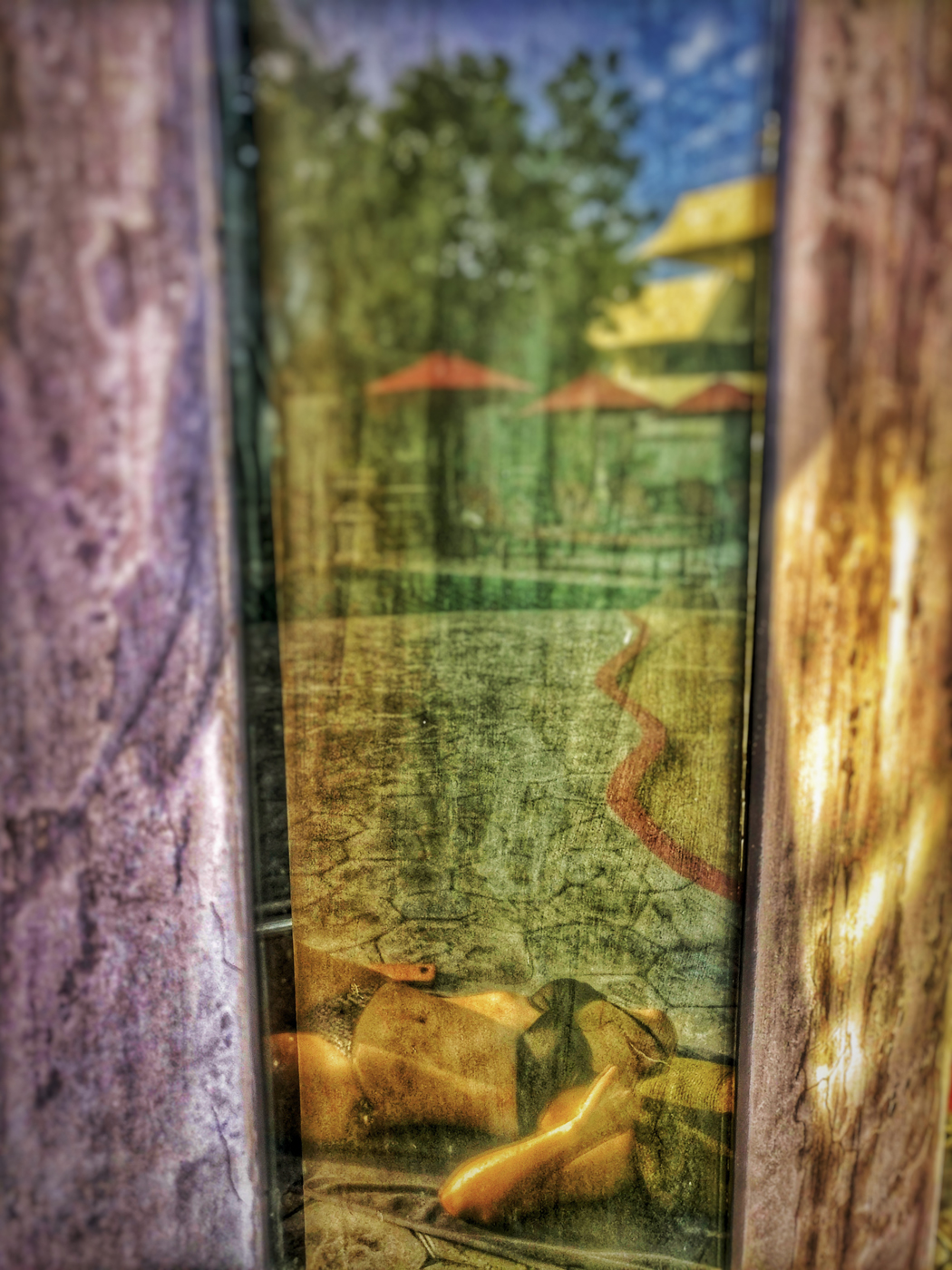
So I’ve numbered the photos and sprinkled them through this article. See if you can tell which ones are with the phone and which one’s with my Fuji. Let me know in the comments. Any questions are more than welcome too. I look forward to an interactive discussion about your opinions on phone camera use and its place in your portfolio of equipment.
SUBSCRIBE TODAY THE FUJI X PASSION VIRTUAL MAGAZINE
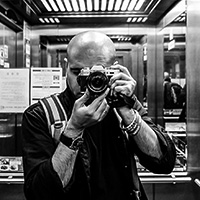
Seoul based professional photographer/videographer (and pondering the if at this point shall we just call ourselves visual content creators?); Anuj Madan has chosen to concentrate mostly on Food and artists portraits as you can see on his website www.AnujMadan.com. Although these days the lure of travel documenting is what he stays up nights dreaming about, he still credits food and the chefs that create those masterful pieces with his recent success. “My hope is to create something artful, to inspire artists to push themselves and drag me along on that journey less traveled.” He aims not to be a technical master photographer but rather a philosophical content creator through his photography. The biggest compliment he received so far was, “Our sales went up after we put up those photos at the XYZ location” and he hopes the next compliment he gets is, “Anuj, your work and process made me create something better than I had expected, you brought the best out in me, let’s do another project together”.

